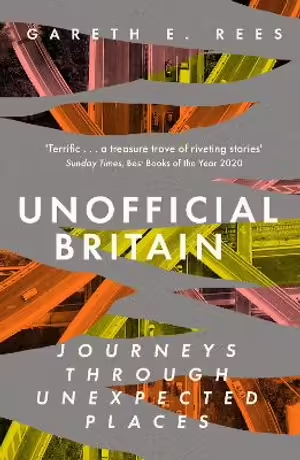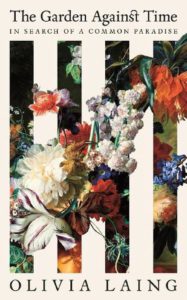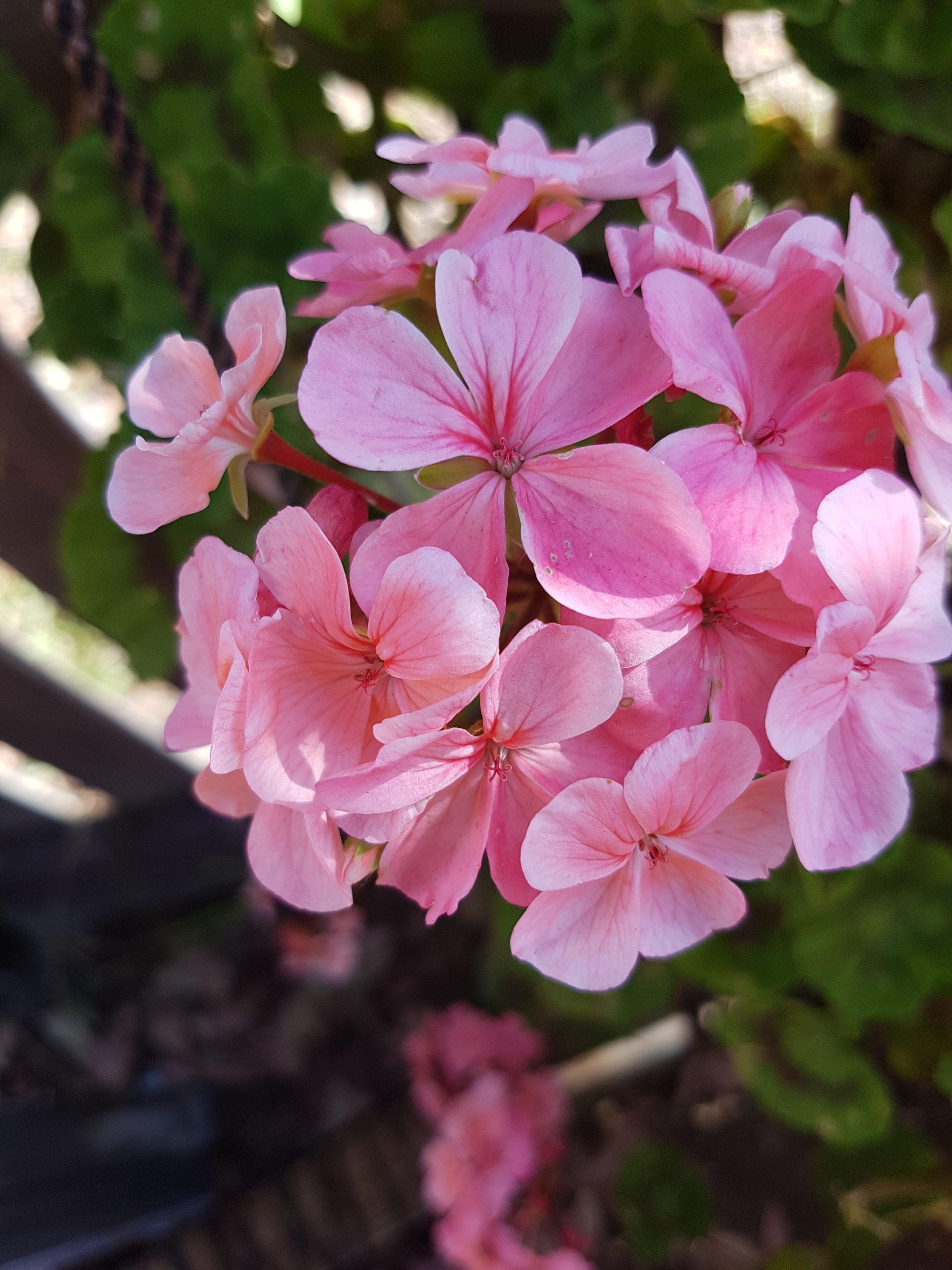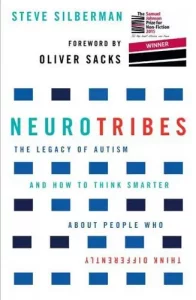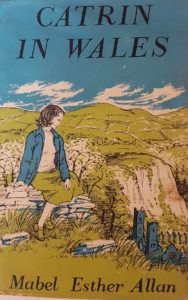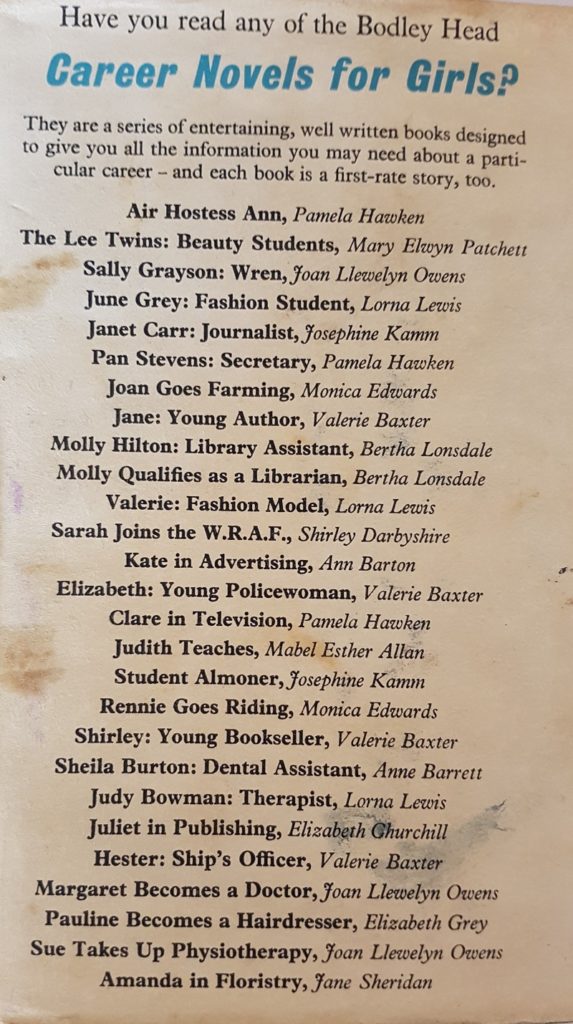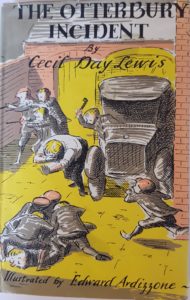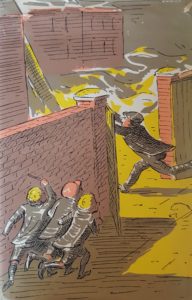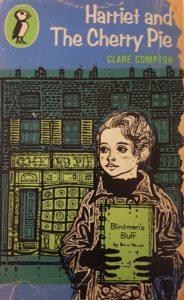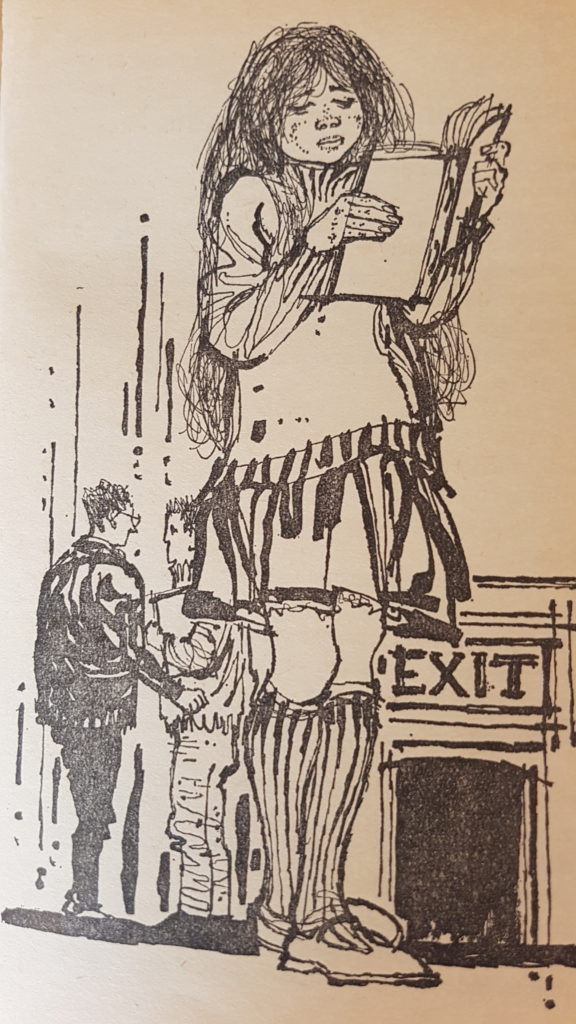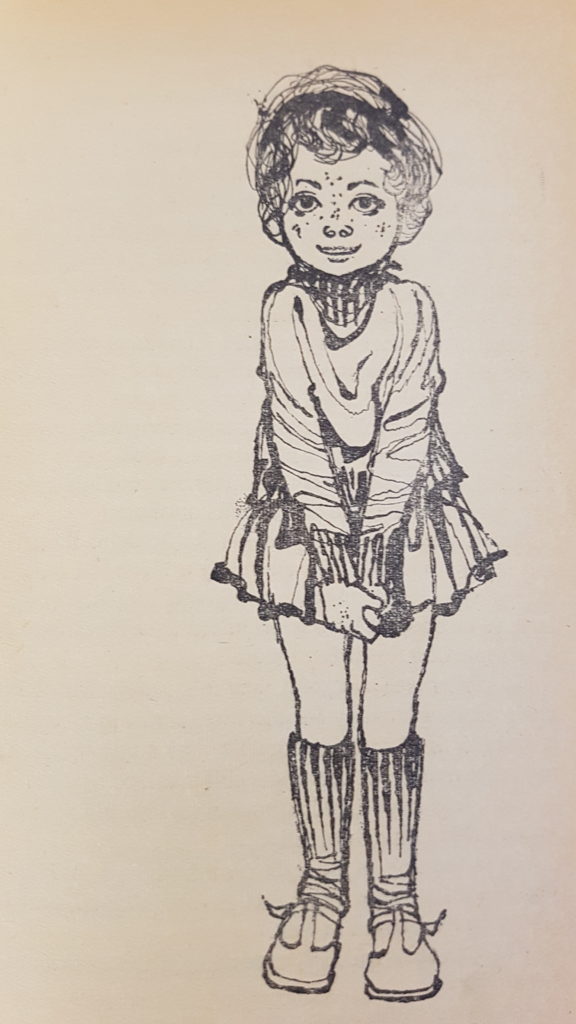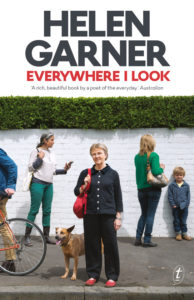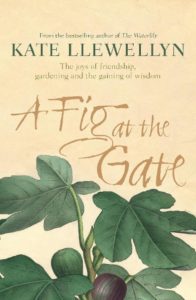 Here, sweet peas are in full bloom. I have rigged up a set of wire coathangers on chicken netting and old poles to make a fence for them. I found a set of wire shelves which I brought home and leaned among the wires so that the sweet peas could cling to them. And now they do.
Here, sweet peas are in full bloom. I have rigged up a set of wire coathangers on chicken netting and old poles to make a fence for them. I found a set of wire shelves which I brought home and leaned among the wires so that the sweet peas could cling to them. And now they do.
Entangled in one of life’s more brilliant snares, which do not concern us here, the garden is a miracle of consolation. Even such a little thing as transplanting beetroot sown in the seed box months ago…is almost mystical in the way it soothes me.
 Gardens are my obsession at present. Because the garden soothes, consoles and delights me, I suppose, and the wet, cold weather makes my dirt play sessions few and far between. So, books.
Gardens are my obsession at present. Because the garden soothes, consoles and delights me, I suppose, and the wet, cold weather makes my dirt play sessions few and far between. So, books.
Currently on loan I have books on propagation, re-wilding, the genus eremophila or emu-bush, dry-climate gardening and Kate Llewellyn’s A Fig at the Gate. It’s a long time since I read her previous garden diaries, The Waterlily (Blue Mountains) and Playing with Water (north of Wollongong). This one, published in 2014, is a four year record of establishing her latest (last?) garden in Adelaide, only a kilometre from the sea.
I must be reading for contrast. Olivia Laing’s The Garden Against Time was set in an English village, the writer/gardener had plenty of water, fertile soil, the bones of a beautiful garden and importantly, lots of money for rare and special plants, hard landscaping and labour. Olivia Laing’s book is a complex, structured hybrid of gardening memoir, history and biography. Heavy going at times (slavery, madness, civil war).
Poet Kate Llewellyn’s is a meandering diary of creating on a shoestring on a flat suburban block, planting and watering and harvesting, learning how to keep chooks, prowling the streets to scavenge or salvage plants and building materials (and carry them back home on her pushbike!) and buying plants at her local Bunnings. And friendship, ageing, joy, stray thoughts and observations – and poetry. Parsnips!
Earth’s long ivory tooth
is a buried smile
which becomes
winter’s snarl…
All of which is much more my style at present.
Today I felt as old as Methuselah. And I understood, as I have for some time, that I would not be young again, which seems blazingly obvious, but it is a surprise, as I said, to find how slow one is to comprehend such a rational thing. For instance, when I serve afternoon tea to the children working in the garden, I feel I am pretending to be an old woman; just going through the motions, as if in a play. I am very convincing.


